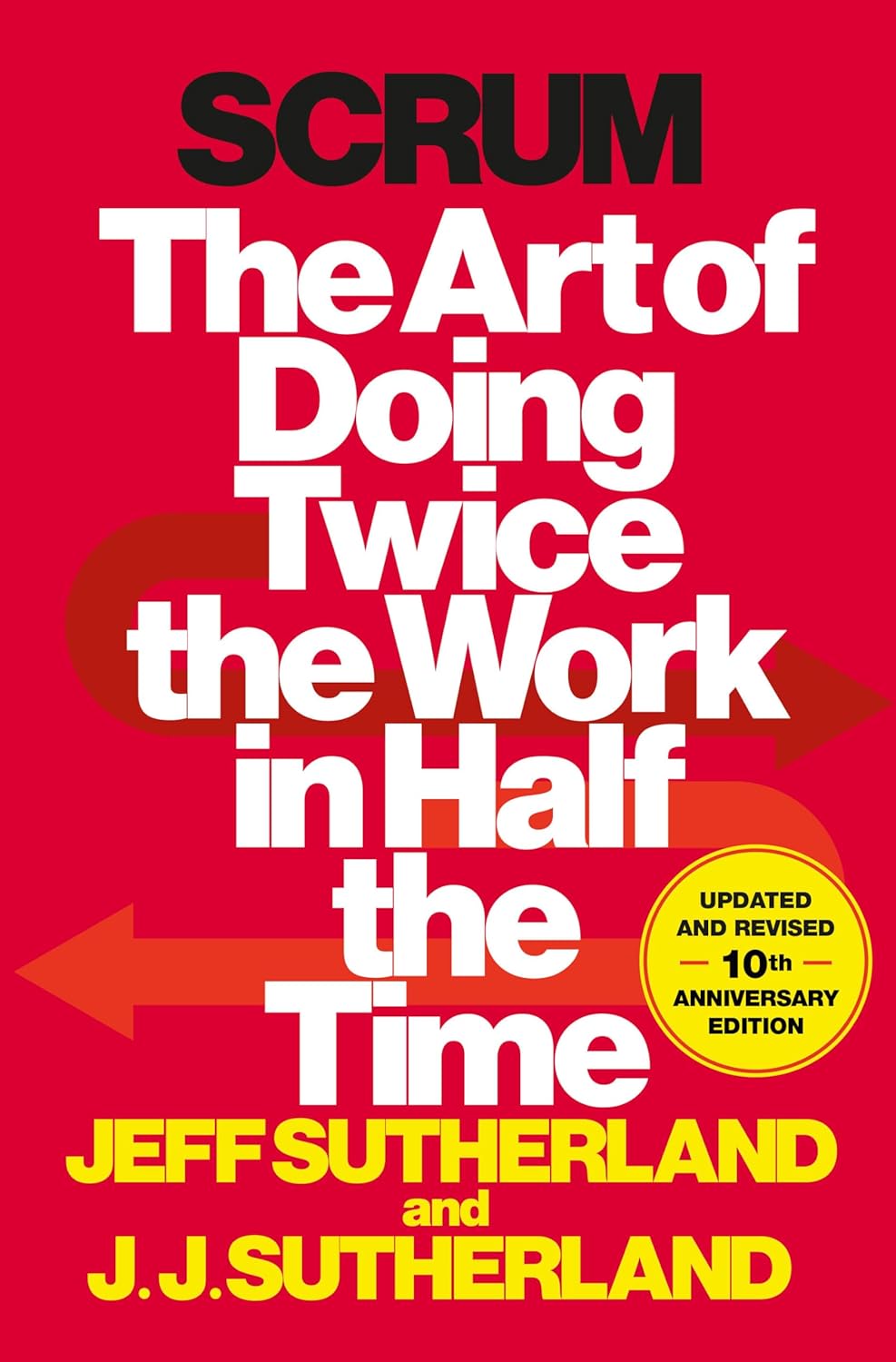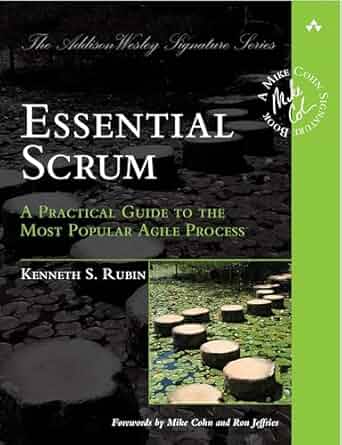
Scrum
What is Scrum?
Scrum is an agile project management framework used to develop, deliver, and sustain complex products through collaboration, accountability, and iterative progress. It is most often applied in software development but is also effective in other industries that value flexibility and responsiveness to change. It organizes work into fixed-length iterations called sprints, usually lasting two to four weeks. Teams use Scrum to manage tasks, adjust priorities quickly, and produce working deliverables frequently.
This framework relies on clearly defined roles, ceremonies, and artifacts to ensure transparency, continuous improvement, and stakeholder engagement. The core Scrum team includes a Product Owner, Scrum Master, and Development Team. Each sprint begins with planning and ends with a review and retrospective. Daily stand-up meetings help the team stay aligned and focused on shared goals.
Scrum values include commitment, courage, focus, openness, and respect. These principles guide team behaviour and help create an environment that supports high performance and accountability.
Key Points
- It is an agile framework focused on delivering incremental value through short, time-boxed iterations.
- A Scrum team consists of a Product Owner, Scrum Master, and Development Team, each with specific responsibilities.
- Sprints are the central unit of work, with consistent planning, review, and improvement cycles.
- Daily Scrum meetings help maintain communication and identify obstacles early.
- It promotes adaptability, continuous feedback, and stakeholder collaboration.
Related Terms
- Agile methodology refers to a broader set of principles and practices, with Scrum being one of its most popular frameworks.
- A Product Backlog is a dynamic list of tasks and features the Product Owner maintains for future sprint planning.
- Sprint Planning defines what the team will achieve during the upcoming sprint and how they will do it.
- The Scrum Master is a facilitator, helping the team follow Scrum principles and remove impediments.
- A Burndown Chart tracks the remaining work in a sprint, helping teams monitor progress toward their goal.
Scrum: Example
A software company wants to release a new mobile app. To this end, they formed a Scrum team with a dedicated Product Owner, a Scrum Master, and five developers. The team works in two-week sprints. During each sprint, they complete user stories from the backlog, meet daily to discuss progress, and hold reviews to demonstrate finished features. After each sprint, they conduct retrospectives to improve their workflow.
Scrum: Best Practices
- Keep sprint goals clear and realistic to maintain team focus.
- Encourage open communication during daily stand-ups to surface and resolve issues early.
- Ensure the Product Owner maintains a well-prioritized and refined backlog.
- Use retrospectives to reflect on performance and identify actionable improvements.
- Limit changes during a sprint to preserve stability and allow the team to meet its commitments.
Additional Resources
Preparing for a PMI certification?
- Exam Prep Courses: PMP®, CAPM®, and PMI-ACP®
- Exam Simulators: PMP®, CAPM®, PMI-ACP®, PMI-PBA®, PMI-RMP®, PMI-SP®, PgMP®, and PfMP®
- Professional Development Units (PDUs): 15, 30, and 60 PDU Bundles




